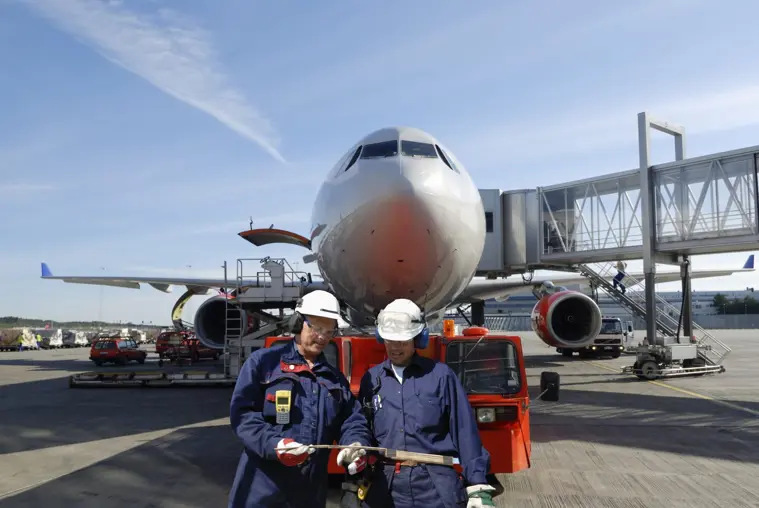Evolving detection technologies offer an unparalleled ability to reveal potential threats from one of the greatest dangers facing commercial aviation. They support a strategy of improving employee screening through overlapping layers of security.
We continue to see shocking and often deadly instances of airport employees misusing their access to secure areas of an airport to smuggle drugs, weapons or explosive devices. This series of articles explores how airports can better protect travellers, staff and facilities from the Insider Threat. Part One focused on developing a preventative approach which strikes the right balance between people, processes and technology; and this second part moves on to consider the capabilities of the latest, relevant technologies.
Key technologies
Used in combination, the available technologies can significantly enhance the ability of airport authorities to uncover potential threats from staff and employ secondary screening for further investigation.
X-ray scanning has been at the core of detection for over a century and systems designed to detect threats in passenger checkpoints, have also become a leading technology in screening employees.
It is the first choice for threat detection, offering the most complete available image of bag or package contents.
As the name suggests, a single-view X-ray system has one generator providing a view from one angle whereas a dual-view model offers two different views. Multi-view scanners have four generators offering a much more comprehensive image – objects concealed from one view, are clearly captured on another. With more views of the contents, operators can see around packed items which reduces the number of necessary rescans or hand searches which can delay employee movements.
Another important feature of multi-view X-ray systems is the automatic detection of solid and liquid explosives. Clear colour shading distinguishes between organic and inorganic material to help operators make timely and informed choices about which items need additional screening.
Trace Detection
Sometimes the evidence of a potential threat is so small, it cannot be seen even by the most powerful X-ray solutions. It exists at a microscopic level – for example, traces of explosive residue on someone’s hands. Hand-held, non-radioactive, explosives trace detectors are designed for this job, offering rapid, easy collection and analysis of samples from suspect items, materials or people. They were typically developed to meet the requirements of the military, emergency responders, law enforcement officers and security professionals who face the challenge of finding explosives on multiple surfaces and in multiple locations.
A probe-based swab is wiped over the hands or belongings of those people selected for trace screening. The swab is then inserted into the trace detector which delivers results within seconds, including not just detecting, but also identifying, any common explosives. Some systems have an integral camera and GPS for immediate evidence collection. A positive result can trigger secondary screening for employees before they reach a secure area within the airport.
Millimeter Wave (mmW)
Cutting edge application of Millimeter Wave (mmW) technology can safely and clearly detect equally dangerous threats carried directly or covertly on a person. It refers to the section of the electromagnetic spectrum which lies between radio waves and infrared and can uniquely pass transparently through lightweight materials such as fabric. This is safe, non-ionising energy which reflects off the body at different levels depending on any hidden objects concealed beneath the clothing.
Some scanners combine the use of millimetre-waves with sophisticated software algorithms which analyse data to locate any concealed objects. Several flat-panels produce high quality data which is processed through automatic detection algorithms in real-time. The algorithms locate any concealed objects and can indicate their position on the generic outline of a person to preserve the privacy of those being scanned.
There are now ‘no moving parts’ scanners suitable for mass employee screening which dramatically reduce the typical system footprint and can therefore fit into limited screening spaces. A high refresh rate and fine resolution allow the automatic detection engines to deliver an excellent level of detection with a low false alarm rate.
There will always be a concern that more stringent employee screening will have a negative impact on productivity and airport operations. Would multiple screenings throughout the day as staff move around, slow them down? The right combination of technologies will deliver impressive levels of security whilst also supporting operational efficiency. Those highlighted here operate at effective speeds and many are also suitable for portable deployment, which is important at facilities such as airports.

